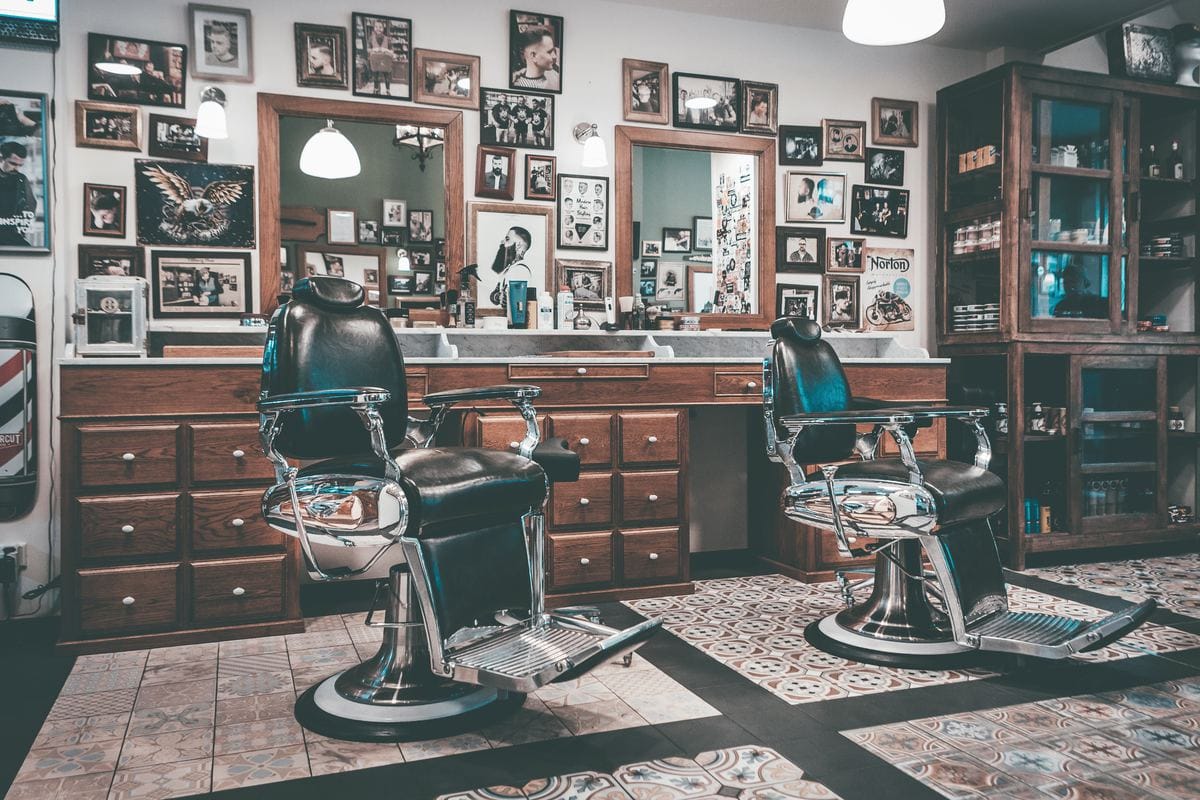
10 Best Smyrna Barbers
-
4691 Atlanta Rd 130, Smyrna300 karma
-
4600 W Village Pl 4005, Smyrna114 karma
-
2620 Cobb Parkway S, Smyrna66 karma
-
1797 Spring Rd SE, Smyrna50 karma
-
1529 Spring Rd SE B, Smyrna42 karma
-
6. Goodfellas579 Concord Rd SE, Smyrna36 karma
-
608 Concord Rd SE, Smyrna20 karma
-
2430 Atlanta Rd SE 200, Smyrna12 karma
-
3100 Highlands Pkwy SE 3, Smyrna12 karma
-
760 Concord Rd SE, Smyrna10 karma
The Backstory on Barbers
A Brief History of Barbering
As long as civilized men have needed a haircut or a shave, they have relied on the skilled trade of a barber. Derived from the word barba, which is Latin for beard, the barber has a complex history that goes back 6000+ years to the earliest advanced civilizations of ancient Egypt. As it moved across the Greek and Roman empires and spread around the world, men’s grooming has always been valued in society.
From the beards of Vikings and Gods among men, and to the bodies of clean-shaven priests and armies on the battlefield, barbers have provided an important role in helping men of all stripes maintain the grooming standards of the time. Some even performed surgical procedures (these were known as barber-surgeons). While the barber’s specific skills and tools may have adapted over time, their main purpose—to keep men groomed—has always remained.
Meet Me at the Barbershop
The earliest records of barbershops go back to 500 B.C. in the open markets of ancient Greece, where men would gather to socialize with one another outside of the home. By the end of America’s civil war, barber shops could be found in every town and city, with a huge influx of European immigrants and African-Americans setting up shop to serve their communities. The barbershops of today are still central to the communities they serve, especially within the nation’s Black communities.
Barbershops with a single barber chair not only have made it easy to have one-on-one interactions with the barber, but have fostered socialization with those clients waiting for their turn in the chair. You can still find single-chair barbershops, but many barbershops have outgrown this model—most modern barbershops have multiple chairs and barbers working at one time, to serve more clients in a day. Still, the conversations keep going.
Barbershops vs. Hair Salons
Barber shops primarily cater to men. Additionally, because men grow beards and facial hair that needs to be groomed or clean shaven, barbers are specifically licensed to shave with a straight razor. Whereas hair salons are where to get hair cut by scissors, dyed a specific color and/or styled, men with short hair go to barbershops for less expensive, no-frills men’s haircuts, which are typically done with electric clippers instead of scissors.
Clippers not only speed up the haircutting process to get the client in and out quickly, but help keep the hair uniformly maintained until it needs to be cut again. This is why barbers are especially popular for clients in public service and military duty, who have to keep their hair short and uniform. Because barbers are skilled with clippers, they are the go-to for clients wanting intricate, specialty fades and designs shaved into their hair for a little extra flair.
The ubiquitous, spiralling barber pole out front is also a clear indication that the business is a barber shop, not a hair salon.